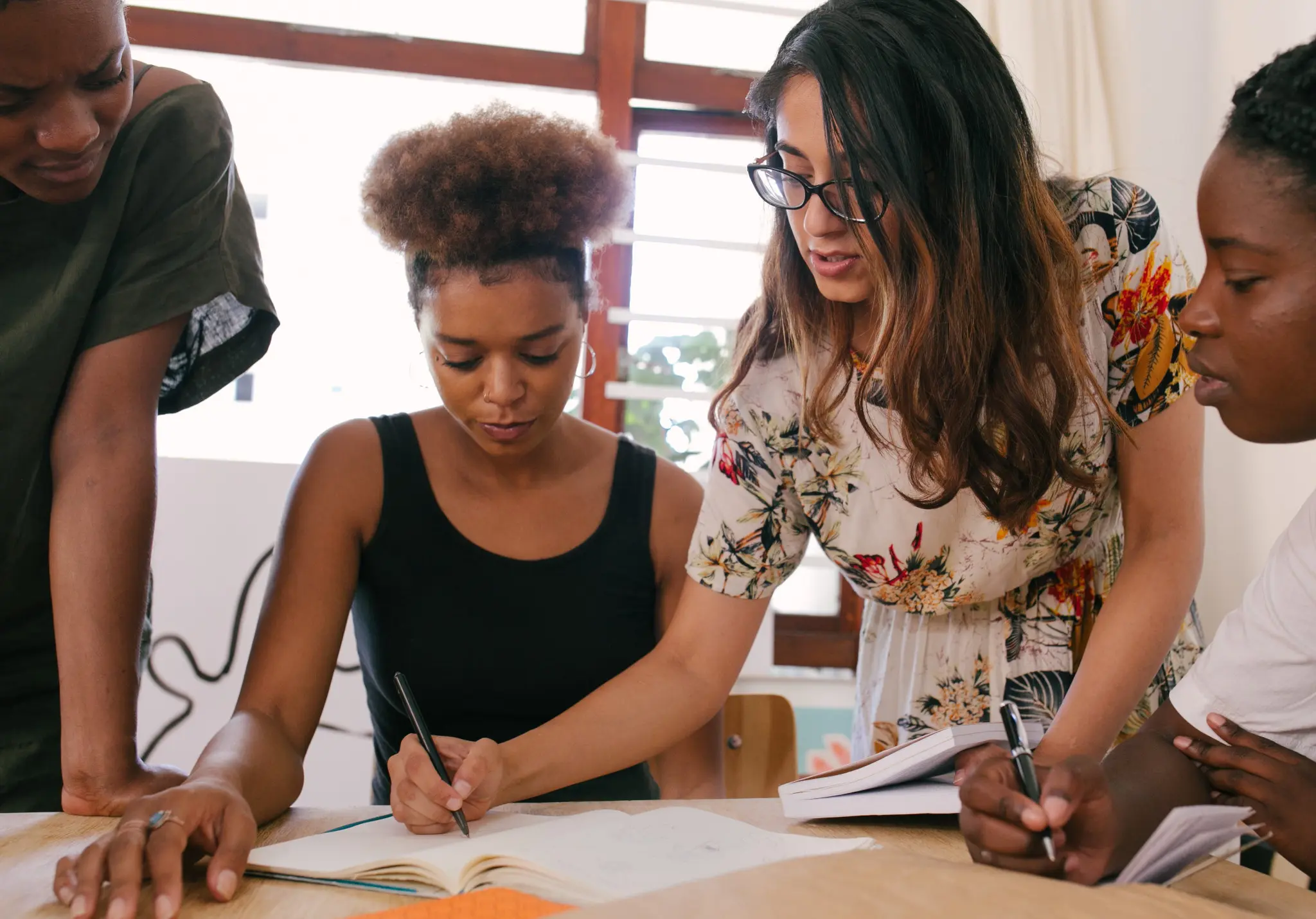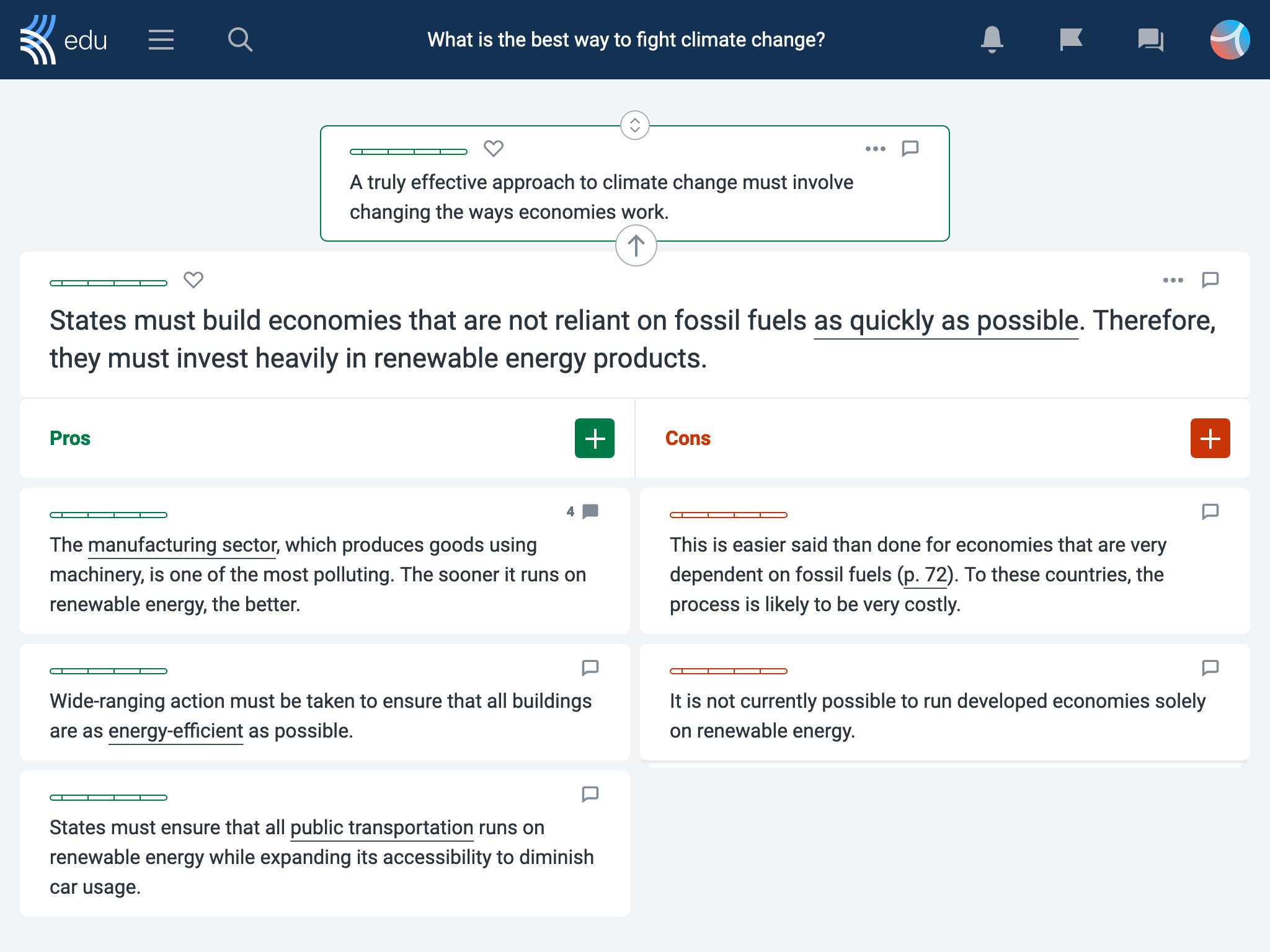From enhancing critical thinking skills to nurturing a passion for learning, the potential benefits of bringing creativity into the classroom are wide-ranging. Once seen as an innate talent for a special few, creativity is now recognized as something that educators can help students develop.
Fostering students’ creative skills prepares them for their futures, where innovation and problem-solving skills are valued and truly needed. Helping students unlock their creative potential can positively impact their personal, academic, and professional lives.
Why we should foster creativity in students
Creativity is a key 21st-century skill that is in high demand
The ability to think creatively is an essential 21st-century skill. And, it’s a skill that’s in high demand. People who can generate new ideas and explore diverse solutions can help businesses and wider society address the complex global challenges in our ever-changing world.
Creativity is intertwined with successful learning outcomes
Having students work on creative projects can enhance learning as it prompts them to use higher-order cognitive skills. Creative projects often require students to explore, experiment, and think critically about the content. They can also motivate students to engage and actively participate in their own learning experience.
And importantly, bringing in creative angles to classwork doesn’t come at the expense of subject knowledge. In fact, creative thinking and other higher-order thinking skills are built on this foundational knowledge. Students need to be able to retrieve and use that knowledge effectively to generate original thoughts or link it to cross-curricular content.
Creativity is linked to increased student well-being
Helping students develop their creative skills can support their well-being, especially through artistic activities that help reduce stress. Students can increase their sense of confidence and accomplishment when they build something or learn different ways to approach challenging problems.
Increased well-being may also come from the satisfaction of being completely absorbed in a task, characteristic of being in a creative state of flow. Whatever form it takes, fostering creativity can give students another tool to deal with the everyday stresses of life.
Strategies to foster student creativity in the classroom

Normalize mistakes during assignments and in the classroom
When students don’t fear failure, they are more likely to take risks and explore innovative solutions. Not only that, but understanding that mistakes are part of the learning process is central to students building a growth mindset.
Using feedback to validate students’ creative efforts can boost their confidence in their creative potential while also helping them refine their ideas and learn from their mistakes. Teachers can integrate creative processes into many class activities to make experimentation normal — even during exam prep!
Build in constraints when assigning a creative task
Limiting students’ freedom to interact with a task may seem counterintuitive when it comes to inspiring creativity. However, constraints can actually drive creativity by getting students past that blank page feeling. Constraints help them focus their ideas and innovate with what they have to work with — reflecting conditions in the real world! And while creative processes benefit from having enough time to explore different avenues, time constraints (aka deadlines) can make sure a project keeps moving forward.
In Kialo Edu, adding broad starter claims to a discussion can help students explore a topic within your preferred framework. In this way, students address your particular curricular focus but can also broaden it in a way that makes sense to them.
Make space for students’ interests in creative projects
Creativity and intrinsic motivation are closely linked. Promote intrinsic motivation by giving your students a chance to explore their interests in individual creative projects. You might allow them to propose an individual project within your subject area, linking their interests to your classroom content.
To facilitate this, students can use a Kialo Edu discussion to explore and record their ideas. Similar to the creative strategy of mind mapping, Kialo Edu’s visual representation of a topic makes it easy for students to see and discover connections between their claims.
Use creative strategies to help students think divergently
Give students a helping hand by teaching them creative strategies. Edward deBono’s Six Thinking Hats gives students a structured way to explore their thoughts when developing a new idea. The color-coded hats separate out conflicting ways of thinking so a group can devote all their attention to the facts they know at one stage and their feelings at another.
Creativity warm-ups are fun exercises to flex students’ creative muscles! Why not try using a Kialo Edu icebreaker discussion to engage students’ imagination? We have fun options ready to go in our debate topics library, such as “Do aliens exist?” or “Would it be good to be famous?” Alternatively, have students think of their own discussion question.
Encourage student collaboration for collective creativity
Having students collaborate taps into the creative potential, knowledge, and experience of the entire group. In this way, students bounce ideas off each other, engaging with feedback from diverse perspectives and constructing something new together in the process.
What’s more, when groups celebrate their achievements and validate each other’s efforts, they can reinforce those positive behaviors that encourage creativity.
How to foster creativity with Kialo Edu discussions

Kialo Edu discussions are designed to encourage curiosity and the exploration of diverse topics, while supporting a structured approach to thinking.
Use our discussions to pose open-ended questions and promote divergent thinking. Or why not have students come up with their own open-ended questions to tap into their interests and support their curiosity? Groups can even make their own discussion to take greater ownership of the task.
Kialo discussions can also be used at the knowledge building stage of a topic for students to engage with necessary background knowledge for a creative task. Or, discussions can keep track of avenues being explored when students are seeking more creative and innovative insights in a problem-solving task.
Helping students train their creative muscles is an ongoing process. We’d love to hear your approach to integrating creativity into the classroom. Please do share your ideas with us at feedback@kialo-edu.com, or on any of our social media platforms.

